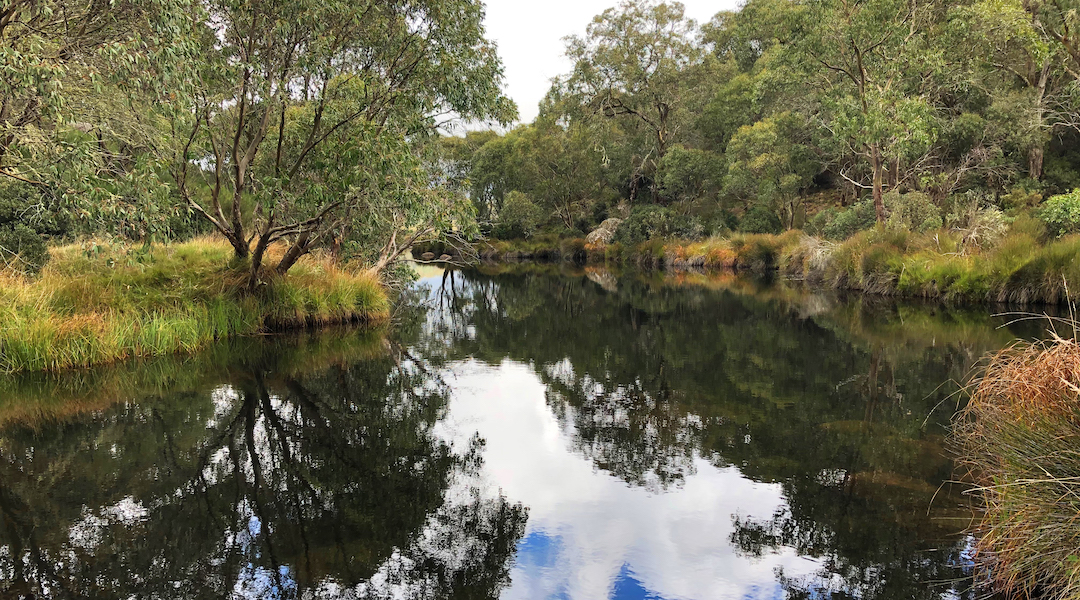When you picture a “champion”, chances are that you imagine a hero who competes to win – the elite, outspoken, and highly-visible leader at the forefront of change. But champions come in all shapes and sizes, with different styles of leadership and ways of influencing others to drive positive change.
We need river champions because they expand the relationships between river management institutions, riparian communities, and the environments that they care about. Champions can guide and support processes of collaboration, increase group coherence and develop strong relationships of trust through ongoing collaboration. In this way, they help to make participatory river management more efficient and effective – for institutions, environments, and communities alike.
In order to realize sustainable, participatory river and water management, we need to recognize and support people who champion rivers in ways that do not conform to more conventional styles of leadership “Many river champions we have met present as introverts with strong social skills, deep humility, and high emotional intelligence – not necessarily the loudest person at a meeting” stated the authors in the study.
So, what makes a champion, why do we need them, and how can they be supported? This concept was explored by Simon Mould, Kirstie Fryirs and Richie Howitt from Macquarie University, and Siwan Lovett from the Australian River Restoration Centre in a study recently published in WIREs Water.
Champions are leaders, but they may lead quietly. They can be found in a range of professional or voluntary roles; for example, local community members, Indigenous Traditional Owners, rural landholders, government practitioners or research scientists. While the term “champion” is used to label people, the term is a verb as well as a noun: “championship is less an innate quality possessed by some, and more of a behaviour that may be practiced by many” stated the authors in the study.
So what are the skills of a champion? Champions are expert at building and using social capital – the trust, knowledge, reciprocity, relationships, and shared norms that contribute to a sense of group identity, and which support collaboration and action. This means that they are embedded in social networks, and they use those social networks to achieve change.
One river champion introduced in the study is Violet, a rural landholder who has championed streamside weed management in her local area. Responding to disagreement over use of pesticides in her community, she hosted a round table bringing together people with diverse experiences and views, including government representatives and scientists. The result was a constructive discussion and the start of a process of building rapport and trust within the group. She recognised the value of building social capital for achieving positive change.
Nurturing and supporting river championship requires investment in the social relationships that allow and encourage champions to be effective. Champions are people with diverse interests and needs, so it is important that their work is rewarded in ways that are meaningful to them. This doesn’t necessarily mean financial reward: “We need to recognize that social networks are not only critical mediums through which champions are effective, but that well-functioning social networks support and reward, through social connection, those who donate their time in service of a common cause.”
As we continue to work for better river management, “supporting champions needs to be a priority for institutions, networks, and communities of all kinds.”
Written by: Simon Mould, Kirstie Fryirs, Siwan Lovett, and Richard Howitt
Reference: Simon Mould, et al. ‘Supporting champions in river management.’ WIREs Water (2020). DOI: 10.1002/wat2.1445

















